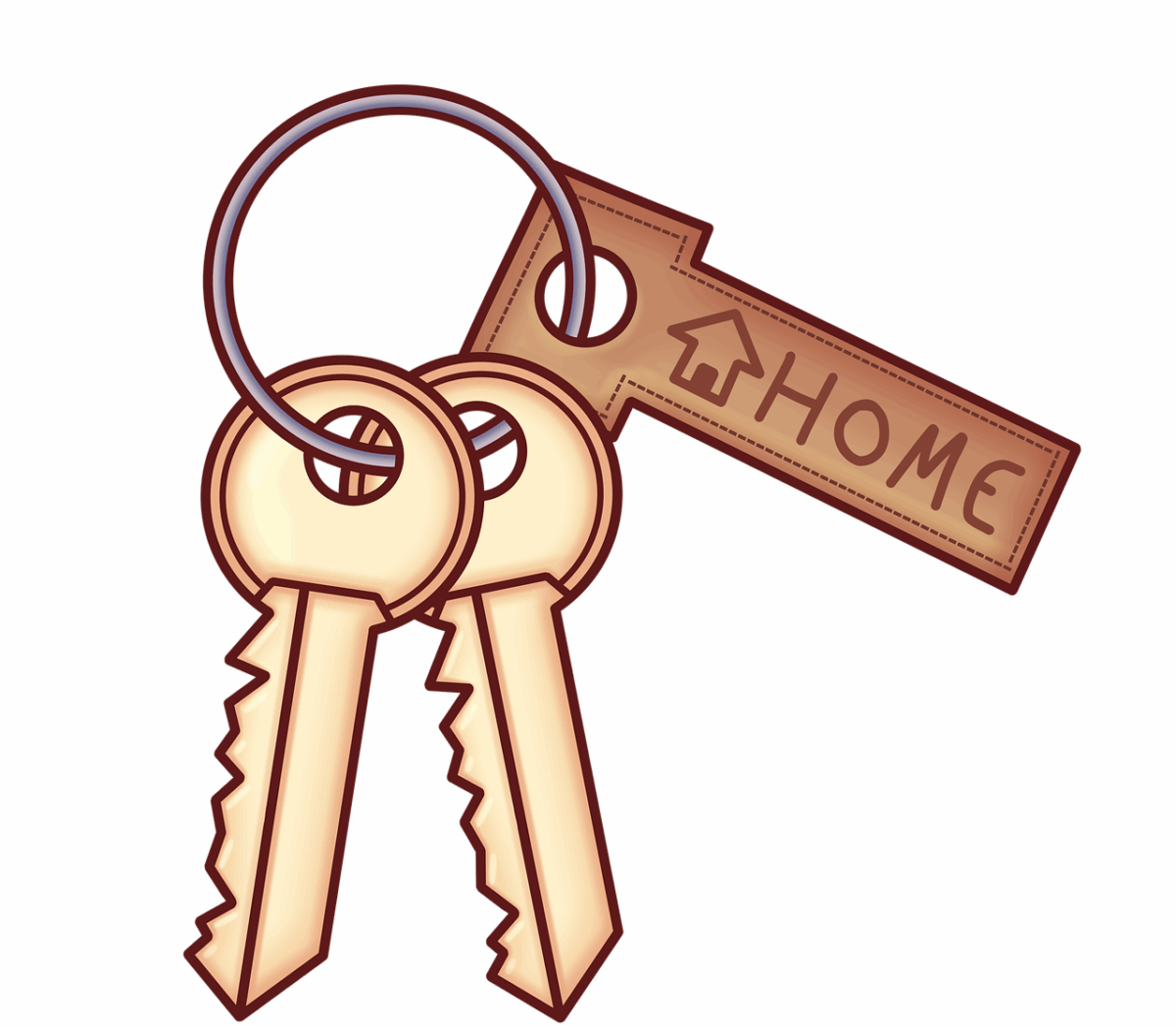When it comes to protecting your home, most people think about alarm systems, CCTV cameras, and motion detectors. While these active security measures are essential, passive security plays an equally important role in safeguarding your property. Unlike active systems that respond to threats, passive security focuses on preventing access and reducing vulnerabilities from the start.
In this blog, we’ll explore what passive security means, its benefits, and why every homeowner should consider integrating it into their overall home security strategy.
What Is Passive Security?
Passive security refers to the use of physical barriers, architectural design, and environmental planning to deter or delay unauthorized access. These features do not rely on electricity, signals, or human intervention, making them low-maintenance and cost-effective.
Examples of passive security include:
- Strong fences and walls
- Security gates
- Reinforced doors and windows
- Anti-climb barriers
- Strategic landscaping
- Security lighting (with sensors)
- Visibility planning (eliminating hiding spots)
1. Deterrence Without Dependence on Technology
Unlike alarm systems that rely on sensors and power sources, passive security is always active—whether there’s a power outage or internet issue. A high wall, strong locks, and barred windows are ever-present barriers that make it harder for intruders to enter your home.
Criminals often look for the path of least resistance. When your home has visible barriers like tall fences, anti-climb paint, and motion-triggered lighting, it gives the impression of a secure and difficult target, encouraging them to move on.
2. Reduces the Need for Constant Monitoring
One of the significant benefits of passive security is that it doesn’t require 24/7 monitoring. With active systems, you or a monitoring service must constantly watch for alerts. Passive security works in the background—silently reinforcing your home’s protection without requiring regular attention.
This makes it ideal for:
- Remote or holiday homes
- Elderly homeowners
- People with limited tech knowledge
- Properties without reliable internet
3. Increases the Effectiveness of Active Security
Passive and active security systems are not mutually exclusive. In fact, they work best together. A home that has physical barriers like reinforced entry points and secure perimeter fencing will make it harder for intruders to reach areas where motion detectors and alarms are located.
By delaying access, passive security gives your active security more time to respond effectively, whether through alerting authorities or triggering alarms.
4. Cost-Effective Long-Term Protection
While the initial investment in passive security features like security doors, fences, or window grills might seem high, they offer long-term savings. Unlike active systems, they don’t require subscriptions, software updates, or battery replacements.
Over time, you’ll find that passive security can save money on:
- Insurance premiums (many companies offer discounts for homes with enhanced physical security)
- Maintenance costs
- Repairs from break-in damage
5. Low Maintenance and High Durability
Once installed, passive security elements require minimal upkeep. Unlike cameras or sensors that may malfunction due to weather or age, passive solutions such as solid doors, deadbolts, or anti-tamper fittings are designed to last for years—even decades—with basic maintenance.
This makes passive security ideal for homeowners who want a “set-it-and-forget-it” approach to safety.
6. Enhances Privacy and Peace of Mind
A home with passive security measures often provides a greater sense of privacy and control. Tall fences and strategic landscaping shield your property from view, while strong gates create a buffer between your home and the street.
Knowing that your home has built-in defenses against intruders brings peace of mind, especially when you’re away or asleep.
7. Customizable to Fit Aesthetic and Functional Needs
Modern passive security systems are no longer bulky or unattractive. From ornamental iron gates to decorative window grills, homeowners can choose options that match their style while still providing robust protection.
Examples include:
- Timber fencing with reinforced posts
- Frosted security glass that offers both privacy and strength
- Planter boxes that double as security barriers
- Elegant bollards at driveways
8. Ideal for All Types of Properties
Whether you live in a small apartment, a suburban home, or a large rural estate, passive security can be tailored to suit your needs. Urban areas may benefit from steel doors and anti-theft locks, while rural homes might prioritize perimeter fencing and motion-activated lighting.
Passive security is also scalable. You can start with simple upgrades—like a deadbolt or window latch—and gradually build a more comprehensive system.
9. Environmentally Friendly Option
Many passive security solutions are environmentally friendly compared to electronic systems. By minimizing the reliance on power or batteries, you reduce your carbon footprint. Additionally, many barriers like hedges and thorny plants serve both aesthetic and ecological functions—providing security and supporting local wildlife.
10. Helps Increase Property Value
A well-secured home is not just safer—it’s also more attractive to buyers. Real estate agents often note that homes with added security features tend to sell faster and at higher prices. Passive security enhancements signal to potential buyers that the home is well-maintained and safe.
Conclusion: A Smarter Way to Stay Safe
While it’s easy to get caught up in the latest tech gadgets and alarm systems, passive security is the foundation of a truly safe home. It’s quiet, effective, and ever-present—working 24/7 without needing a single notification or alert.
By investing in smart, passive features like secure entry points, barriers, and thoughtful landscaping, you create a home that’s naturally harder to target. Whether used alone or in combination with active security, passive security gives you control, peace of mind, and long-lasting protection.
